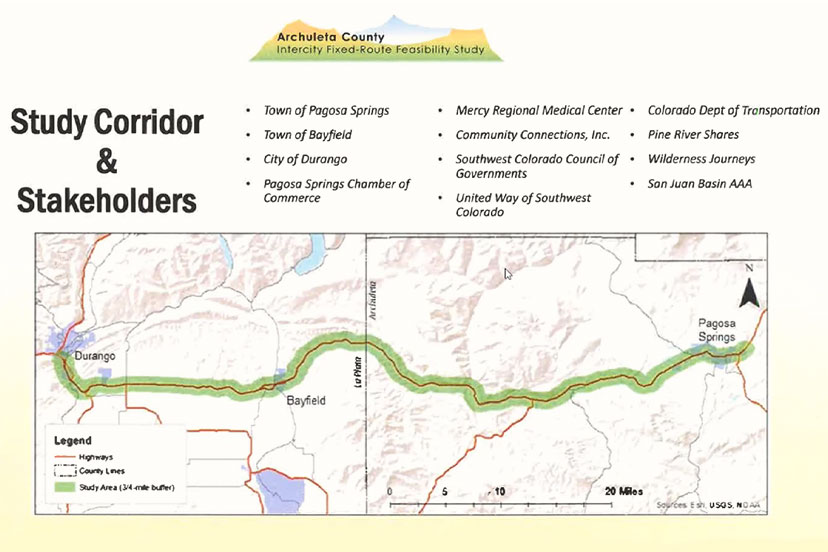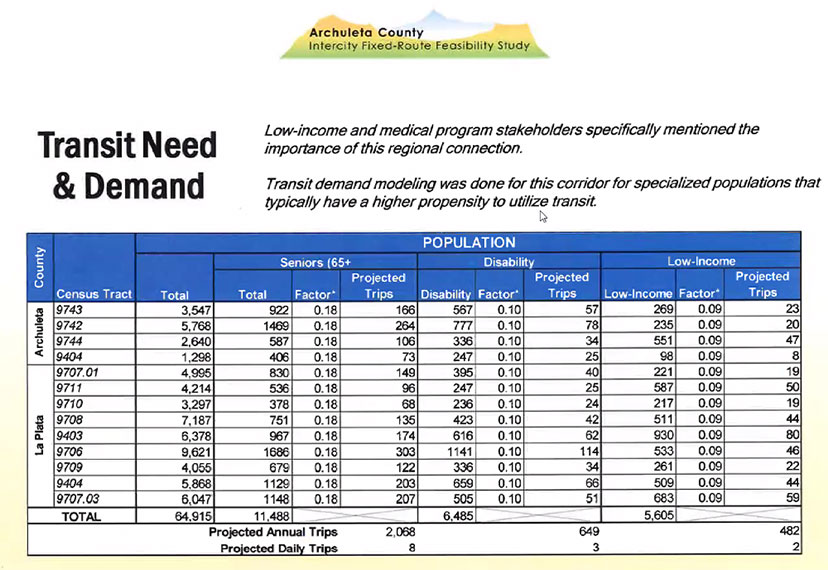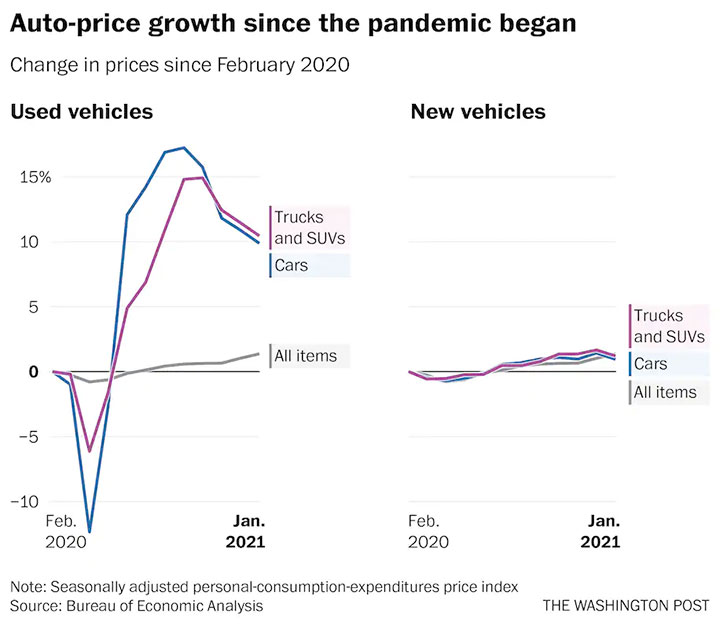“I really do not expect that we’ll be in a situation where inflation rises to troubling levels,” Powell told lawmakers last month.
— from a March, 2021, Washington Post article by Rachel Siegel and Andrew Van Dam, entitled “What used cars tell us about the risk of too much inflation hitting the economy”
Inflation wasn’t a terrible problem in the US, during most of the global pandemic crisis, although the chair of the Federal Reserve, Jerome Powell, felt the need to reassure us last February — following the passage of the Biden administration’s new stimulus package — that everything will be just fine; nothing to worry about. The injection of $1.9 trillion in freshly-printed dollars? A national economy emerging out of a year-long crisis? Yes, it might cause a little inflation, but the Fed can keep things from getting out of hand.
That was back in February.
This week, Powell warned the increase “may ultimately be higher and more persistent than expected.” From a Fox News story by Megan Henney, yesterday:
“As the reopening continues, shifts in demand can be large and rapid and bottlenecks, hiring difficulties and other constraints could continue to limit how quickly supply can adjust, raising the possibility that inflation could turn out to be higher and more persistent than we expect,” Powell said during a Wednesday press conference following the central bank’s two-day policy-setting meeting.
Updated economic projections released by the Fed show that officials dialed up their inflation expectations for the year, raising the headline forecast to 3.4% for 2021 – a full point higher than the March estimate. Longer-term projections show that policymakers expect inflation to settle around 2% in the future…
Does this inflation news have a possible relationship to a proposed publicly-funded bus route between Pagosa Springs and Durango?
I wonder.
At the Archuleta Board of County Commissioners work session, on June 15, Archuleta County Transportation Coordinator Laura Vanoni introduced a consultant from Lakewood, Colorado.
“Good morning. This is Michael Koch. He and I have been working on… well, mainly, he… has been working on the feasibility study for transit onnectivity to Durango. So he has a presentation for you…”
Mr. Koch (pronounced like “Cook”):
“Thank you for having me here this morning. We’ve been working on this inter-city fixed route feasibility study connecting Pagosa Springs with Durango, connecting the communities along the Highway 160 corridor. And as part of this study, we wanted to make sure that stakeholders were involved, so everybody understood that this service was going to be established. We had two stakeholder meetings; they had access to all of our technical documents and reviewed those.”
Mr. Koch didn’t go into any detail about who, exactly, the ‘stakeholders’ were, or what comments they might have offered in reaction to the “technical documents”, but he did show a PowerPoint slide that looked like this:
The “stakeholders” were a mix of governmental units, charitable organizations, one hospital, and at least one private company — Wilderness Journeys — that provides taxi service along Highway 160.
Pretty much a straight route. Pagosa to Durango. And back.
Mr. Koch:
“We did a transit demand model. Took US Census data and factored in elderly, disabled, low income. These are populations that have a higher propensity to use public transit. So this is that ‘transit demand model.’
Given a “factor” of “0.18”, this statistical model suggests that the11,500 “Seniors” living in Durango and Pagosa Springs would book 2,068 rides each year… if Archuleta County’s Mountain Express Transit were to create a fixed route service along Highway 160. Folks with “disabilities” would generate 649 trips, based on a “factor” of “0.10”. And “Low-income” residents would book 482 trips, based on a factor of “0.09”.
I’ve often complained, in these pages, about our local governments hiring consultants from the Front Range to come down to Pagosa Springs, hold a couple of meetings with government bureaucrats and other “stakeholders” — and then look up some federal data hosted on the US Census Bureau website, or at the US Bureau of Labor Statistics website — and tell us how to improve our community. In my experience, these out-of-town consultants don’t come cheap, but the long-range impact, of the studies produced, often fail to tell a true story — although the studies often look impressive on the surface.
Based on what I heard at the June 15 BOCC work session, it would appear that Mr. Koch made no attempt to meet the actual people whom he believes would ride a bus between Pagosa and Durango, or to understand how they might make their decision whether to use such a bus system. It would appear that the columns of numbers in the chart above were generated mathematically. It would appear no survey or face-to-face conversations took place.
But let’s talk for a minute about used cars. Because buses and fixed-route bus systems do not exist in a vacuum.
I bought a used car this year. My beloved 20-year-old Toyota van finally gave up the ghost, and I went shopping with the general idea that I wanted a vehicle with less than 50,000 miles on the odometer.
Apparently, I was not alone. Here’s a chart from a March, 2021, Washington Post article about US inflation, showing how a surprising demand for used cars has driven up prices since the start of the global pandemic:
The COVID pandemic made a dramatic change in the way Americans moved from place to place.
Public transit in the US carried 33 percent fewer riders in March 2021 than in March 2020… and 59 percent fewer than in March 2019, according to data published last month by the Federal Transit Administration. This is not hard to understand. Riding a bus and sitting next to strangers, during a deadly pandemic, struck many people as an unattractive choice. Perhaps a decline of nearly 60 percent ought to make us wonder… if things will ever get back to where they once were.
During the COVID pandemic, many people decided to buy a used car, instead of riding a bus.
You can’t blame them, right?


